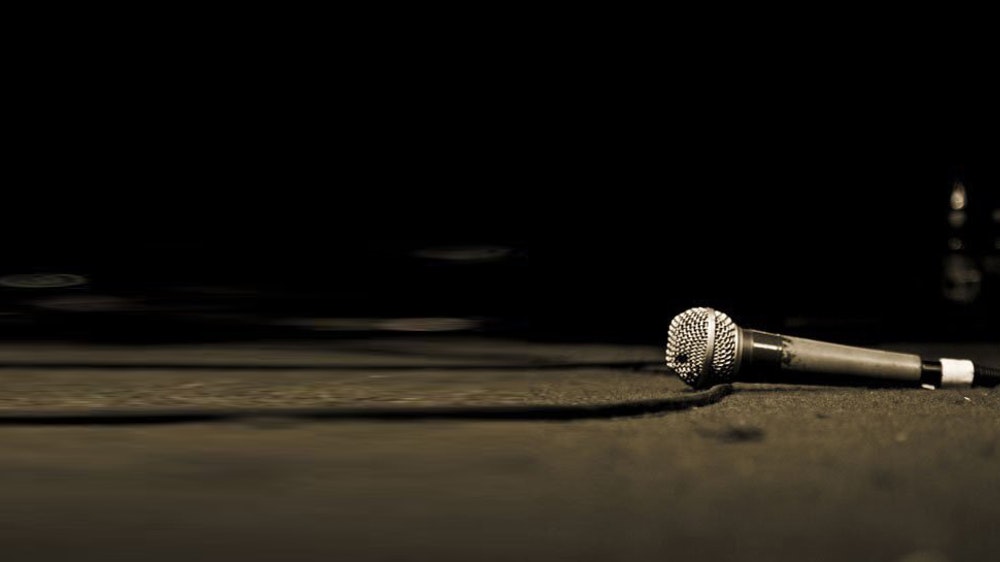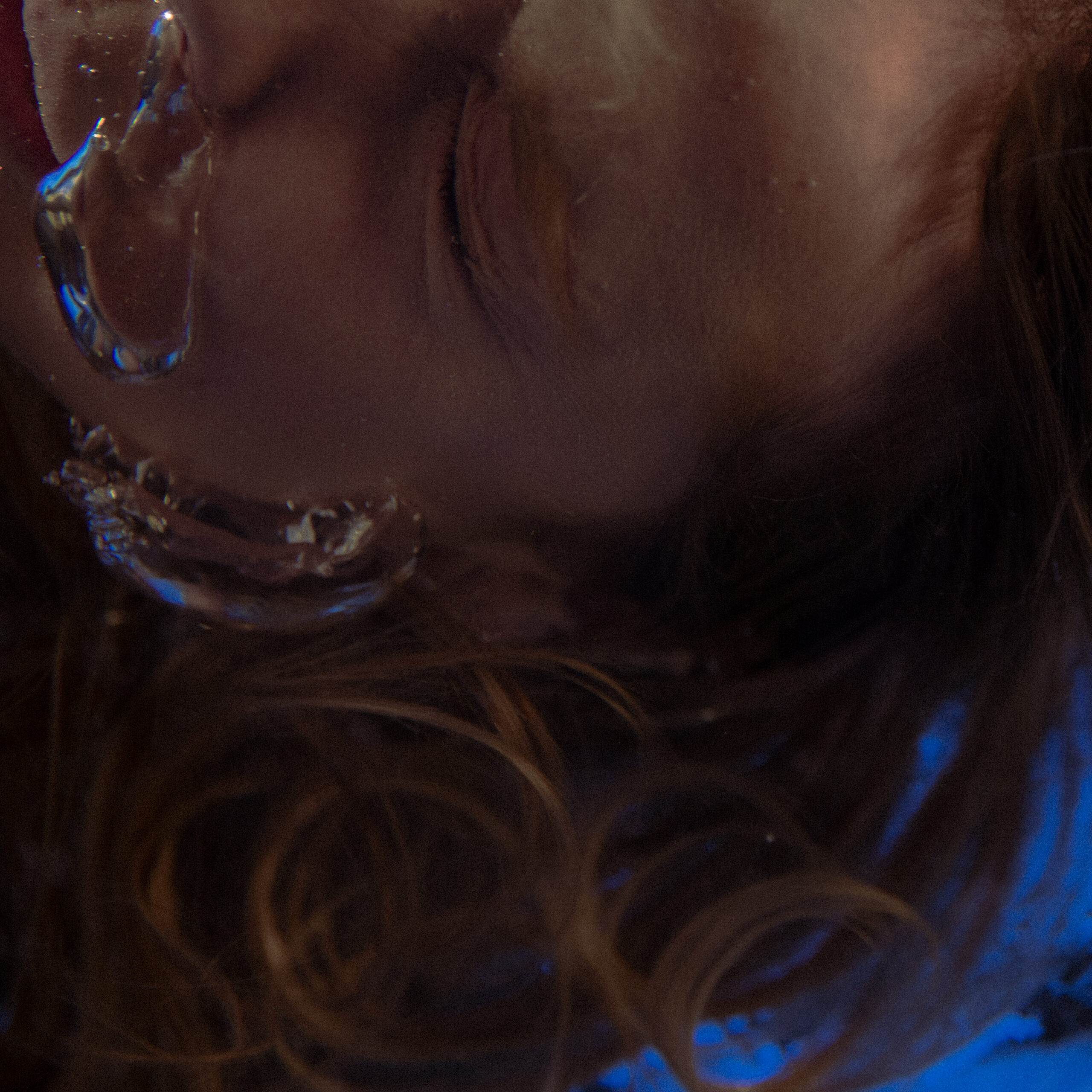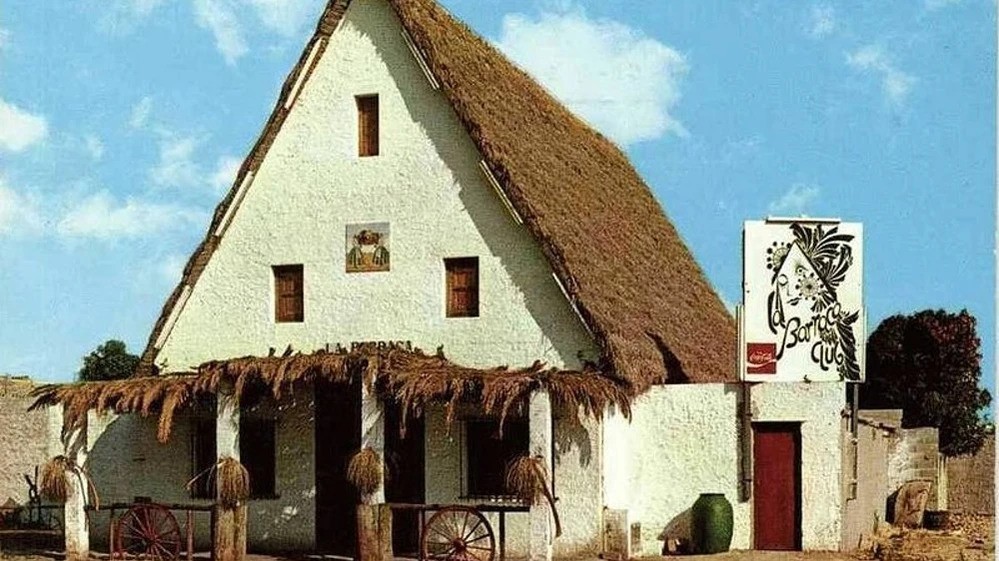View From The Side: Youtube Is Killing The Art Of Mcing

We’re enjoying a golden age of UK MCs. There are more artists breaking through than I can ever remember. Even during the high point of grime back round 2004 there wasn’t the same depth of talent lining up to spit bars. The scene has reached such a tipping point that it’s bowled over into the mainstream with all rough edges intact; Skepta’s got a Mercury with an album of aggy grime, Giggs is performing Whippin Excursion in Royal Festival Hall, and J Hus is getting on the Radio 1 playlist whilst smelling like he’s robbed a nine bar.
But there’s a weird paradox; while UK MC culture is more visible than it ever was, the actual quality of live performances has, to put it bluntly, gone to shit. I’ve been to so many shows this year (one of the great things for fans of the music is that there are so many shows to go to this year) – and I’ve seen MCs play at everything from Fabric headline slots to secret mid-week shows in South London basements. And by and large the level of performance – if you strip away the energy of the crowd- has been average at best. I can’t even name names cos everyone is guilty.
Before I get into what was bad, its worth looking at how it can and should be done. French rapper MHD performed at Village Underground a couple of months back. It didn’t matter that he barely speaks English; he was attacking the beats his DJ dropped like a man possessed (side note- his DJ was also actually scratching. Scratching! Jeeeeez. As if anyone can do that anymore. But that’s a gripe for another day). He was accompanied by two hype men who had been rehearsed relentlessly. They were on beat, in lockstep sync and loud as fuck. Crucially, MHD was performing over instrumental versions of his tracks. The DJ would cut the beat, MHD would keep the rhyme running, the beat would drop back in, bang on point. He played for over 40 minutes and the crowd was in a state of continual hype. This is just how it should be, right?
So why is it so hard for UK artists to do? Almost every UK artist I’ve seen live this year (with the notable exception of the previously mentioned Giggs at Royal Festival Hall) has performed with a full vocal version of their track as backing. Instead of a live rendition you get an MC either a) miming or b) shouting ad libs over their own voice. We’ve reached a point where the new generation of UK MCs don’t rhyme on instrumentals, barely get into hyping up the crowd, and can’t project their voice to fill a room without descending into sweaty shouting. What happened?
At this point the obvious thing to do is automatically blame the widespread use of autotune- but that just doesn’t stand up. I saw a Future show earlier this year and he, someone who slathers autotune over every track he records, still killed it; proof that in the right hands autotune remains a tool rather than a crutch.
Still, I think the fall in the quality of live shows can be blamed on new technology- you’ve just got to look in the right direction. And for my money, Youtube is inadvertently playing a major part in killing the art of live MCing.
There’s been a fundamental shift in the way artists break through. In the 80s, when soundsystem culture really started taking hold in the UK, MCs cut their teeth directly in the rave. Scarcely ever recorded, the MC legends of the likes of Saxon or Unity Sounds learnt their craft on the job- in front of audiences, and often playing clashes where lame sounds would be off in seconds. Some of these MCs (notably Ragga Twins and Tenor Fly) passed directly into the rave scene, bringing the showmanship of reggae soundsystems to foundational raves such as Biology, Ibiza, or Helter Skelter, and setting the bar high from the off. In the ‘90s, the majority of MCs found their fame on by performing on pirate radio and live recordings sold on rave tape packs – raw arenas with no way to edit out a fuck up. As a result, the MCs that got the repeat bookings were the ones who could do it on the spot without fail. Interestingly enough, hardly any of these MCs could translate this skill to vinyl – you only have to look at the recorded output of the iconic Stevie Hyper D to see how his immense powers at channelling the chaos of a warehouse seemed to dissipate in the dryness of the vocal booth.
The garage and grime MCs who followed in the late 90s through to the early-mid 00s were arguably the first – and possibly last- generation to comprehensively perform as well on record as they did in the rave. Last year, on the eve of performing the entirety of Boy in Da Corner Dizzee Rascal pointed out to me that he came up in an era where the lack of image of an MC (as in, you, would literally struggle to see who was on stage at a particularly rammed rave) meant they had to work that much harder on developing a unique style;
“Back in the day it was about the spitting, it wasn’t really about the image, because you didn’t get seen. See Skibadee? I didn’t know what Skibadee looked like, or what Shabba looked like… even to get on the mic you had to stand out! You had to fight harder to get on the mic, so you had to have something to say. Look at More Fire Crew — everyone in More Fire sounded different. Look at N.A.S.T.Y., everyone in N.A.S.T.Y. sounded different.”
The MCs of that generation were forged first in a combination of pirate shows and rave performances, then later, on those early classic DVD clashes (where again, skills were paramount) and finally record releases. There were still some classics which never made it onto a proper release – probably most remarkably, Ruff Skwad’s vocal versions of Functions on the Low and Pied Piper were only ever performed live; as far as I’m aware, studio recordings of these two cornerstones of grime have never existed (I would be ecstatic if someone could prove me wrong on this). Essentially, the genre thrived on amazing live performances. As a result anyone who saw, say, a Kano show in his prime, saw something special.
But as grime mutated into funky, MCs were infamously driven from the scene, stigmatised as ‘bringing trouble’. There were serious fallings out between producers and any MCs who dared to jump on their beat. Tunes such as R U Gonna Bang, Blackberry Hype and Migraine Skank all had the potential to give funky the kind of crossover appeal that the most accessible grime tunes attained – but divisions in the scene ensured this was never gonna be the case.
Without the same opportunities to express themselves in the rave, MCs found a more sympathetic audience on Youtube. And without a DJ pushing tracks designed to make people dance, these MCs gravitated towards the slower tempos of rap. As funky started crumbling away from 2009 onwards, the UK’s Youtube scene – now completely dominant – first found its feet. This scene is completely opposite to anonymous rave world Raskit mentioned earlier; it’s driven by image as much as music. ]
Now a track is barely considered released unless it has an accompanying video, and it’s hard to imagine artists such as Nines and C-Biz –despite being talented MCs with numerous bangers – would have anywhere near the same level of adulation if they didn’t have videos featuring an insane amount of flossing (on a side note, my personal favourite clip will always be this classic video of Nines buying half of his estate fresh creps):
You just have to look at the rise of MIST to see this new image driven career path in action. His track Ain’t the Same had floated around for months with some low level interest. When he dropped his stupendously over the top Dubai based video where he’s quad biking through the dunes and chilling with a ‘sheikh’ on a yacht, he blew up in a BIG way – going from small scale regional to a sold out UK headline tour in a matter of months.
This double speed, social media enabled rise has been repeated across the board – as you see mentioned time and again in Nathan Miller’s superb documentary LDN, UK rappers can now blow with three videos to their name- sometimes, as in the case of Birmingham’s 15 year old S.L., it only takes one. But this means that a lot of time, there hasn’t been the time for any sort of live experience to be picked up. And while there are a handful of outlets for MCs to show their skills in, a couple of recorded performances on Fire In The Booth or Crib Sessions or Blackbox or Mad About Bars is no real replacement for putting in the practice hours spitting live on radio week in week out. This means that while there is generally far more forward-looking, exciting music being made by artists working in rap, afro swing and drill, it’s hard to deny that the MCs doing grime – who still buy into that idea of appearing on radio as much as possible –have a major upper hand live. Just watch The Square tear down a rave and you’ll know what I mean.
While I’m pointing fingers, I may as well note that I think there may be some fault with audiences as well – while grime fans were – and still are- content to hear whatever bars MCs feel like dropping over whatever fresh beat, there’s a generation of new rap fans who only want to hear the hits, performed exactly as they are on record. When you’ve got half your audience primarily interested in snapping themselves lip synching to your most famous song, there’s little incentive to do anything but deliver the goods with a minimum effort – your fans are more interested in watching themselves watching you than watching you.
All of this is unsustainable. If the scene wants to keep on expanding, even to the point of competing on an international level, then artists have to up their live game. Once artists get to the level where they’re playing festivals, the place where they should be winning new fans, they’re gonna be competing for audience attention with bands who have most likely played hundreds of gigs before they’ve got to that big stage – and the difference in experience will show. There are glimmers of hope – some of the afrobeats artists incorporate dance routines that bring an energy to their live show that is gonna make all the difference – but they’re definitely the exception rather than the rule.
Personally I’d say the key is for people to think about their skills as much as their image. However long is being spent on instagram – or whatever- also needs to also be spent spitting bars. And perhaps it’s time to re-engage with radio – not do little guest spots here and there, but get into a situation where crews have a show of their own, week in week out, where they can try out new shit, mess around with classics, and drop bars on bars without worrying about alienating the people who just wanna hear the hits. Most of all, we need to be at a point where we have MCs who can do what MHD did; until we have an English MC or crew who can go to Paris, not speak a word of French, and still shell it down for 40 minutes non-stop, we’re second best. And we know we ain’t second best.






















